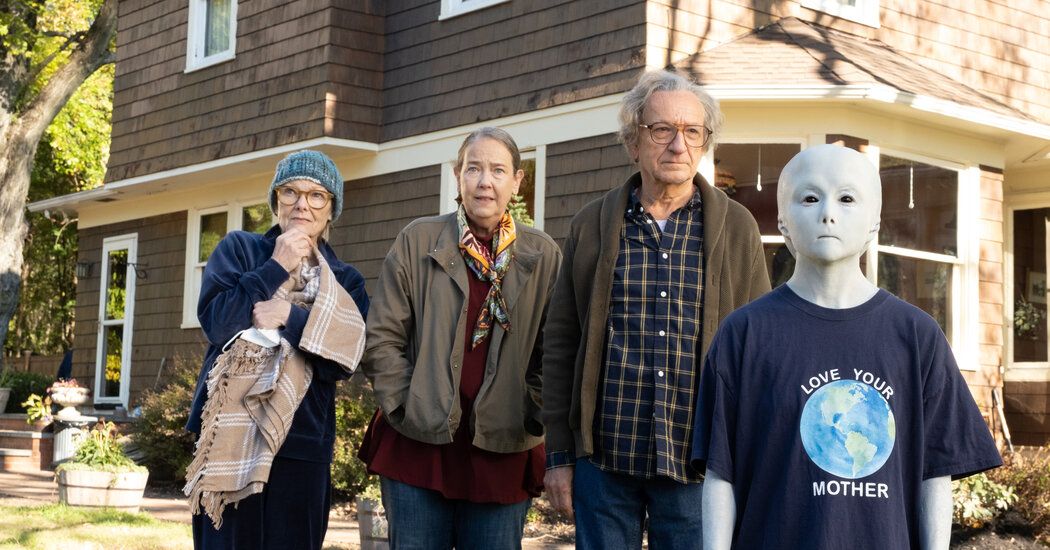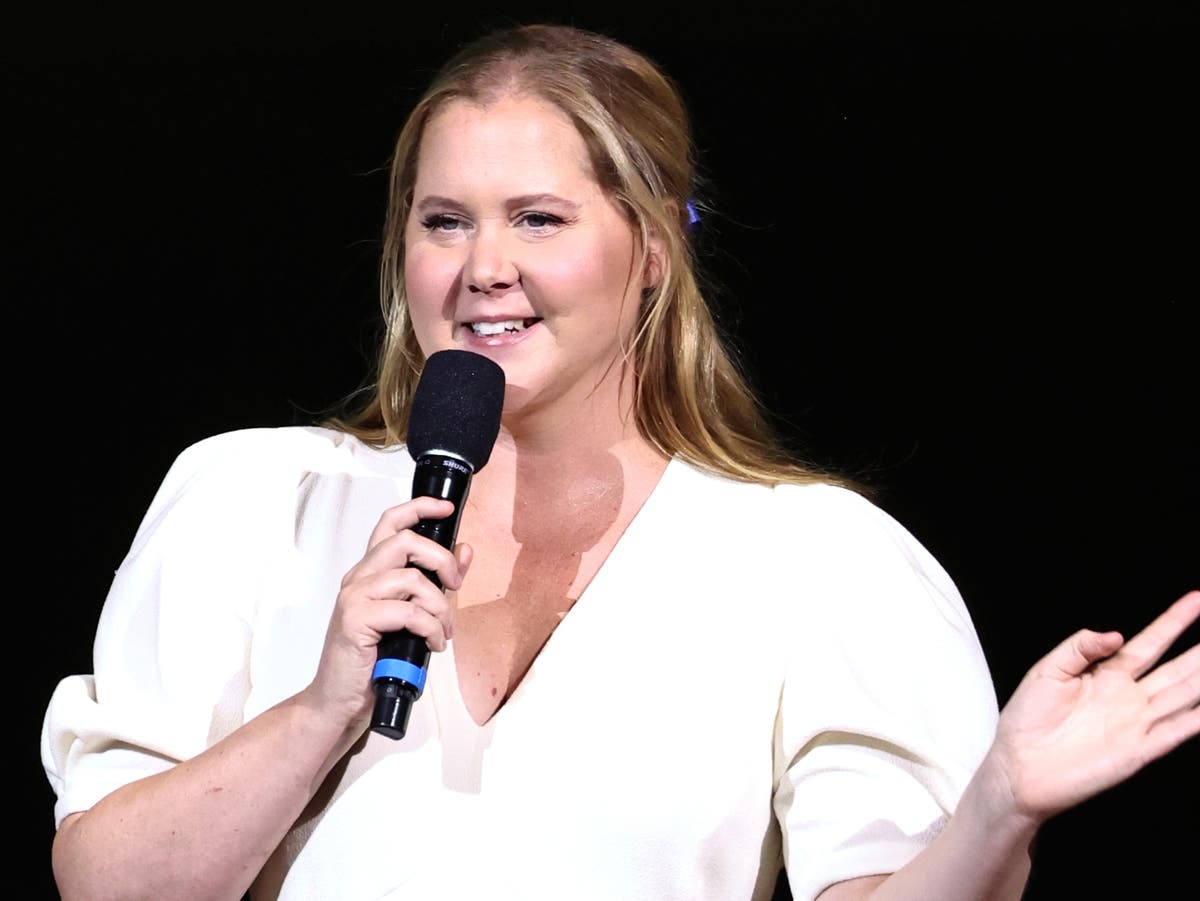Each generation receives the alien invasion that its time demands. In 1938, brewing conflicts in Europe meant that a radio broadcast of “The War of the Worlds” became a news event that caused panic in the United States. In the McCarthy era, manufactured paranoia about communists led to films such as “Invasion of the Body Snatchers” (1956) and “I Married a Monster from Outer Space” (1958). The terrors of the Cold War coincided with the elusive xenomorph of “Alien” (1979), a sentient creature willing to destroy humanity to ensure its own survival.
Then, in 1982, just a few years before perestroika, “ET the Extraterrestrial” introduced a different kind of alien: a lovable, empathetic being in need of human help. This heralded a new (open-minded, almost scientific) attitude in shows like “Star Trek: The Next Generation” (1987-94) and “The X-Files” (which first aired from 1993 to 2002), which which led to comedy. , the definitive rejection of alien exceptionalism. Sci-fi comedies like “3rd Rock From the Sun” (1996-2001) and “The Neighbors” (2012-14) treated visitors from other worlds not unlike the Beverly Hillbillies: just more fish out of water.
However, today, a news topic that was once the exclusive domain of the tabloids has entered the mainstream media. Last summer, a congressional subcommittee heard testimony about the discovery of non-human “biological products” at UFO crash sites. In “The Little Book of Extraterrestrials” (2023), astrophysicist Adam Frank argues that we are closer than ever to being able to search for possible signs of civilization in outer space, just in time for a population that feels alienated from life in the outside. Land.
The new generation of alien-focused pop culture reflects that shift, in which suspicion and fear have been replaced by something closer to affinity. In Marc Turtletaub’s 2023 film “Jules,” Milton (Ben Kingsley) feels a kind of kinship with the alien (Jade Quon) whose ship crashes in his backyard. The newcomer ends up being more protective of 70-something Milton and his friends than the local cops have been; when the feds show up, the older ones take the alien’s side.
There has been a parallel relaxation in attitudes toward those who claim to have had contact with extraterrestrials, such as David Huggins, the subject of Brad Abrahams’ 2017 documentary, “Love & Saucers,” who described his decades of alleged encounters, sexual and otherwise. type, with aliens in a series of cheeky paintings. More recently, the isolation of the pandemic left many of us seeking connection in places we had never considered before. For Courtney Gilbert, curator of “Sightings” – a recent show exploring the human experience of the extraterrestrial at the Sun Valley Museum of Art in Ketchum, Idaho – that openness provides a possible explanation for the increase in sightings of unidentified anomalous phenomena. that has happened since the lockdown. The other, she says, is that “we were all more outside, looking up.”
In one work in the show, “Self-Fulfilling Prophecy II” (2023) by Cable Griffith, an abstract alien object, sketched by his 7-year-old son, floats above a neighbor’s house. The effect is disarming: the unknown juxtaposed with the painfully mundane surroundings of the suburbs. And in “Domestic Visitation I, II, and III” (2023), a dyed fabric canvas onto which Griffith heat-transferred images of famous alleged UFO sightings along with other AI-generated spacecraft, it’s almost as if the aliens were artistic collaborators. “It was important to me that they weren’t my own imagination,” Griffith says. “The images belonged to everyone and no one.” After all, one of the last things humans have in common is the allure of the non-human: hope from above.












